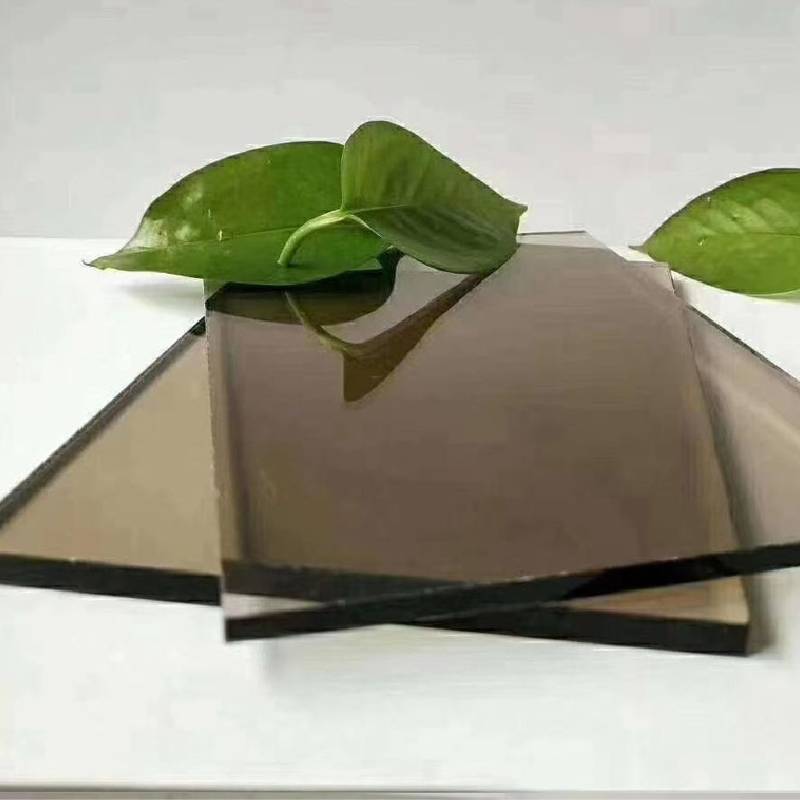The Evolution and Application of Float Glass Panels
Float glass, a remarkable innovation in the glass manufacturing industry, has transformed how we interact with our environment. It refers to a type of flat glass that is produced by floating molten glass on top of molten tin. This process ensures a uniform thickness and a smooth, flawless surface, making float glass panels ideal for various applications. From architecture to transportation, the versatility of float glass panels continues to shape contemporary designs and practical solutions.
The Production Process
The float glass manufacturing process was developed in the 1950s by Sir Alastair Pilkington, which is where its name comes from - the glass floats on tin. During production, silica sand, soda ash, and limestone are melted in a furnace at high temperatures. This molten glass is then poured onto the surface of molten tin, where it spreads and forms a flat, even layer. The glass then cools and is gradually annealed, ensuring it has the desired properties before being cut into panels of various dimensions. This method not only offers superior optical clarity but also minimizes distortion, a factor that is critical for both aesthetic and functional applications.
Applications in Architecture
One of the most significant uses of float glass panels is in architecture. Whether it's in residential, commercial, or industrial buildings, float glass has become a staple material for windows, facades, and skylights. The ability to produce large, seamless panels allows architects to create expansive glass surfaces that maximize natural light while providing excellent insulation properties. This characteristic is enhanced by various coatings that can be applied to glass to improve energy efficiency, reduce glare, and control solar heat gain.
Furthermore, float glass can be tempered or laminated for added safety and security. Tempered glass is heated and then rapidly cooled, increasing its strength and making it shatter-resistant. Laminated glass, on the other hand, consists of two or more layers of glass with interlayers that hold the panels together even when broken, thereby reducing the risk of injury. These safety features are essential in high-rise buildings and areas prone to extreme weather conditions.
float glass panel
Innovations and Sustainability
The float glass industry is continuously evolving, with innovations aimed at enhancing performance and sustainability. Advanced technologies allow for the integration of smart features, such as electrochromic glass, which changes tint in response to sunlight, and photovoltaic glass, which can generate energy. These developments align with the global push for sustainable building practices as they contribute to reducing energy consumption and carbon footprints.
Moreover, manufacturers are increasingly adopting eco-friendly practices in their production processes. This includes recycling glass, using renewable energy sources, and minimizing emissions. The lifecycle of float glass is also impressive, as it is fully recyclable without any loss in quality, making it an environmentally responsible choice for construction and design.
In Transportation and Beyond
Apart from architecture, float glass panels find applications in the automotive industry, where they are used for windshields and side windows. Its ability to meet safety standards while providing clear visibility makes it indispensable in vehicle manufacturing. Furthermore, float glass is also utilized in electronics, such as screens for smartphones and televisions, owing to its clarity and durability.
Conclusion
Float glass panels have revolutionized multiple industries, blending functionality with aesthetics. As manufacturing techniques advance and the demand for sustainable materials grows, float glass will continue to play a pivotal role in modern design and architecture. Its versatility and adaptability make it a crucial component in creating environments that are not only beautiful but also functional and environmentally responsible. With the ongoing innovations in this field, the future of float glass looks promising, offering endless possibilities for the built environment and beyond.
 Afrikaans
Afrikaans  Albanian
Albanian  Amharic
Amharic  Arabic
Arabic  Armenian
Armenian  Azerbaijani
Azerbaijani  Basque
Basque  Belarusian
Belarusian  Bengali
Bengali  Bosnian
Bosnian  Bulgarian
Bulgarian  Catalan
Catalan  Cebuano
Cebuano  Corsican
Corsican  Croatian
Croatian  Czech
Czech  Danish
Danish  Dutch
Dutch  English
English  Esperanto
Esperanto  Estonian
Estonian  Finnish
Finnish  French
French  Frisian
Frisian  Galician
Galician  Georgian
Georgian  German
German  Greek
Greek  Gujarati
Gujarati  Haitian Creole
Haitian Creole  hausa
hausa  hawaiian
hawaiian  Hebrew
Hebrew  Hindi
Hindi  Miao
Miao  Hungarian
Hungarian  Icelandic
Icelandic  igbo
igbo  Indonesian
Indonesian  irish
irish  Italian
Italian  Japanese
Japanese  Javanese
Javanese  Kannada
Kannada  kazakh
kazakh  Khmer
Khmer  Rwandese
Rwandese  Korean
Korean  Kurdish
Kurdish  Kyrgyz
Kyrgyz  Lao
Lao  Latin
Latin  Latvian
Latvian  Lithuanian
Lithuanian  Luxembourgish
Luxembourgish  Macedonian
Macedonian  Malgashi
Malgashi  Malay
Malay  Malayalam
Malayalam  Maltese
Maltese  Maori
Maori  Marathi
Marathi  Mongolian
Mongolian  Myanmar
Myanmar  Nepali
Nepali  Norwegian
Norwegian  Norwegian
Norwegian  Occitan
Occitan  Pashto
Pashto  Persian
Persian  Polish
Polish  Portuguese
Portuguese  Punjabi
Punjabi  Romanian
Romanian  Russian
Russian  Samoan
Samoan  Scottish Gaelic
Scottish Gaelic  Serbian
Serbian  Sesotho
Sesotho  Shona
Shona  Sindhi
Sindhi  Sinhala
Sinhala  Slovak
Slovak  Slovenian
Slovenian  Somali
Somali  Spanish
Spanish  Sundanese
Sundanese  Swahili
Swahili  Swedish
Swedish  Tagalog
Tagalog  Tajik
Tajik  Tamil
Tamil  Tatar
Tatar  Telugu
Telugu  Thai
Thai  Turkish
Turkish  Turkmen
Turkmen  Ukrainian
Ukrainian  Urdu
Urdu  Uighur
Uighur  Uzbek
Uzbek  Vietnamese
Vietnamese  Welsh
Welsh  Bantu
Bantu  Yiddish
Yiddish  Yoruba
Yoruba  Zulu
Zulu 

